12 Smart Tips for Spotting Fake Coins and Keeping Your Collection Safe
When collecting coins, it’s essential to know how to spot fakes to protect the value of your collection. Counterfeit coins are a common issue for collectors, and even experienced enthusiasts can be fooled if they do not know what to look for. Fortunately, there are several simple methods you can use to identify fake coins before they become a part of your collection. By examining factors such as weight, size, and surface details, you can ensure your coins are genuine. Taking the time to learn these techniques will help you avoid costly mistakes and preserve the integrity of your collection. In this article, we will explore practical tips for detecting counterfeit coins. With these strategies in hand, you can confidently safeguard your collection for years to come.
This post may contain affiliate links, which helps keep this content free. Please read our disclosure for more info.
Check the Coin’s Weight
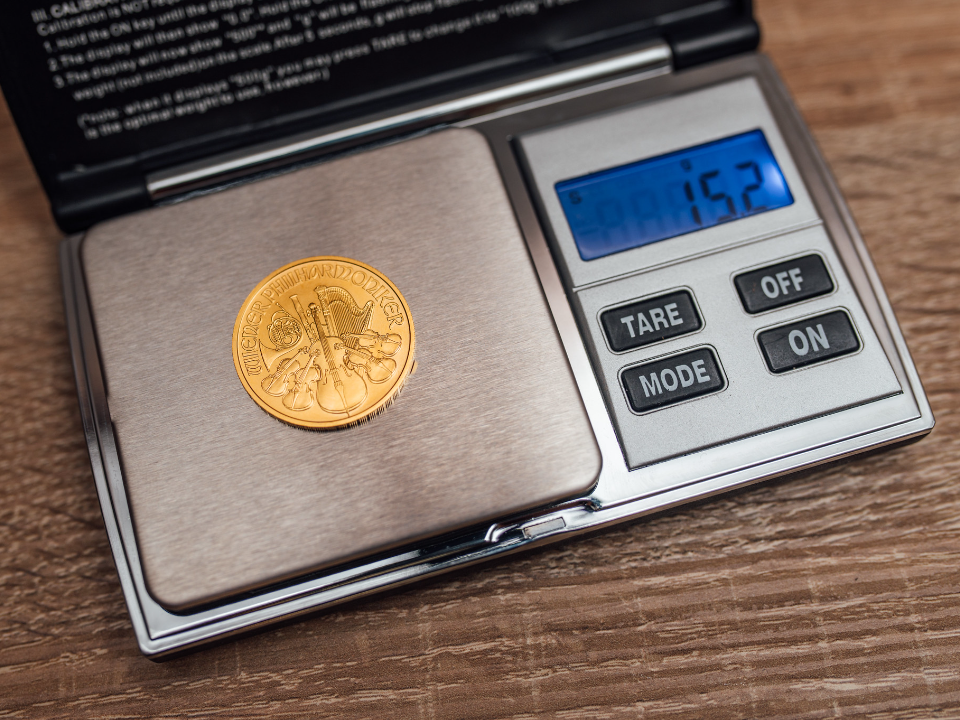
One of the first ways to spot a fake coin is to check its weight. Coins are usually made from specific metals that have a known weight. Fake coins may use different materials that weigh less or more than the genuine article. To ensure accuracy, use a precise scale that measures down to the milligram.
If a coin does not match the expected weight, it may be a counterfeit. Weighing is a simple method, but it is effective in revealing discrepancies that may be hard to spot visually. If a coin feels unusually light or heavy for its size, it could be a sign that it is fake.
Examine the Coin’s Edge
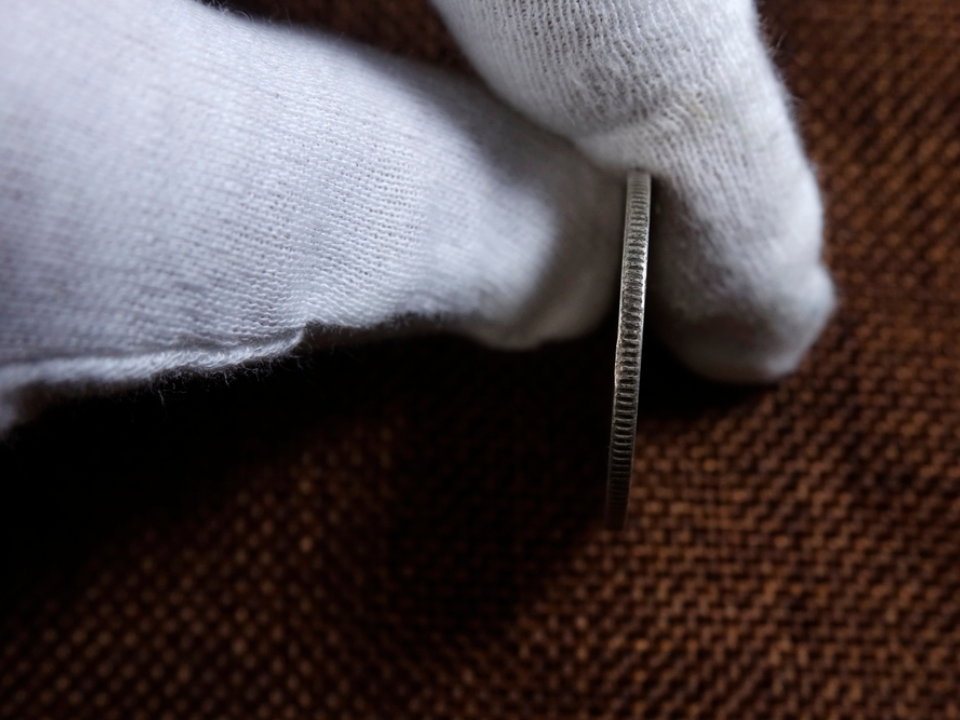
Coins typically have distinct edges that are either smooth or reeded. Fake coins sometimes have edges that differ from the original design. You can inspect the edge by using a magnifying glass to look for irregularities in texture or markings.
Another method to check the edge is by running your finger over it. A genuine coin will feel uniform, while a counterfeit may have rough spots or uneven reeding. This technique helps you identify poorly made fakes that may otherwise look convincing.
Use a Magnet
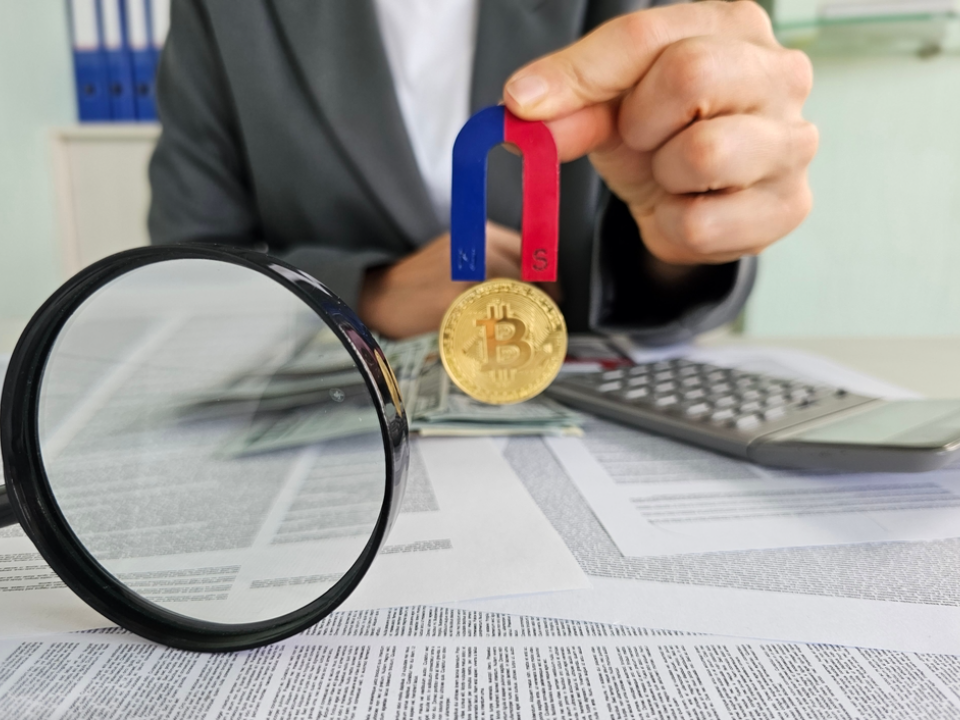
Many fake coins are made from non-ferrous metals, meaning they are not magnetic. However, some counterfeit coins are made with ferrous metals to reduce production costs. A magnet can help detect these fakes, as a genuine coin will typically not stick to a magnet.
When testing with a magnet, hold the magnet near the coin. If the coin sticks, it is likely a counterfeit. Keep in mind that not all fake coins will react the same way, but using a magnet can be a good first test to rule out certain possibilities.
Inspect the Coin’s Surface Details
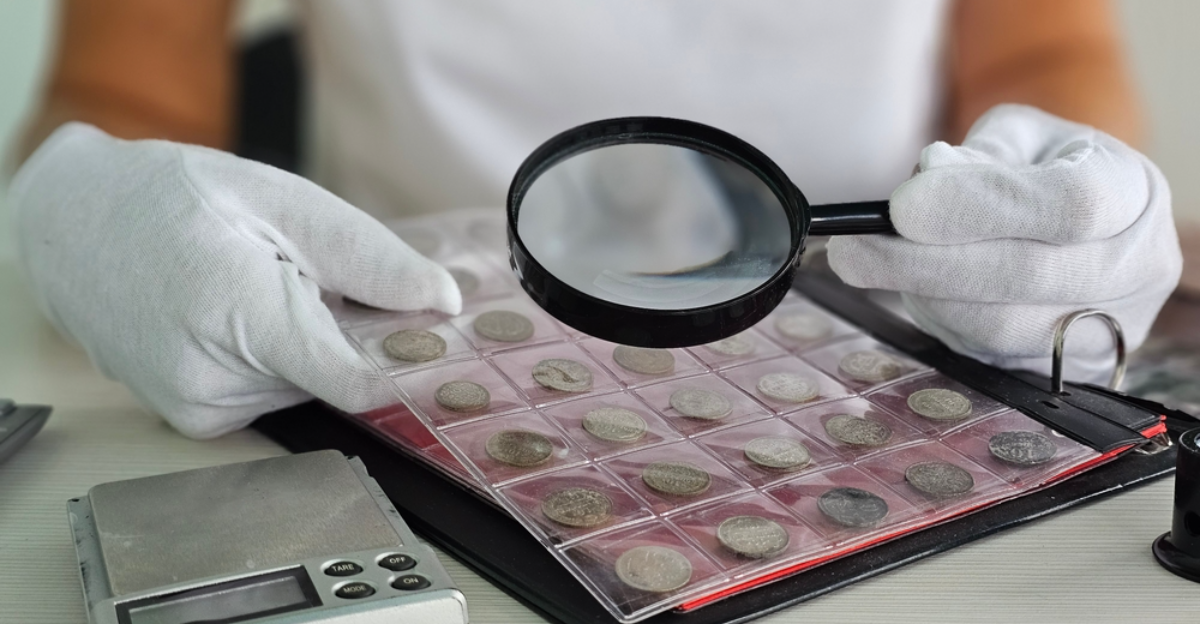
One of the most critical ways to distinguish real coins from counterfeits is by examining the surface details. Real coins have sharp, clear details, such as raised features and smooth lettering. Fake coins often have softer or blurred edges, and the details might be uneven or poorly formed.
You can use a magnifying glass or a jeweler’s loupe to zoom in on these details. Pay attention to the clarity of the design, as counterfeit coins will often have imperfections that are easy to spot under close inspection.
Check the Coin’s Diameter
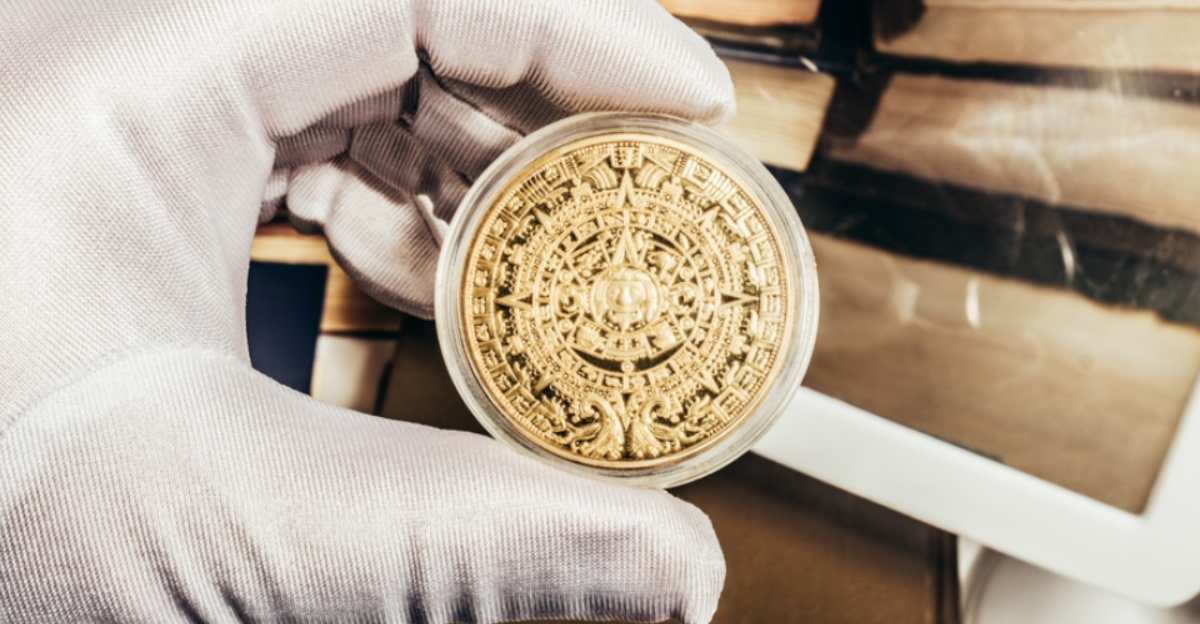
Counterfeit coins are often the wrong size, either being too large or too small. You can measure the diameter of the coin using a caliper or ruler to ensure it matches the specifications for the genuine coin. This can be particularly helpful when you suspect a coin might be a modern counterfeit.
The diameter of a coin is often printed in official specifications, so you can easily compare the measurements. If the size of the coin does not match, it may be a fake. It is an important aspect to verify, especially for collectors who deal with rare coins.
Look for the Coin’s Mint Mark

Mint marks are small symbols stamped on coins to indicate where they were produced. These marks are specific to certain mints and are placed in precise locations. Fake coins often fail to accurately reproduce these mint marks, either omitting them or placing them incorrectly.
Examine the mint mark carefully, especially if you are purchasing from a private seller or a dealer. Comparing it to images of genuine coins from that year and mint can help you spot a counterfeit. Be cautious if the mint mark seems odd or out of place.
Examine the Coin’s Color
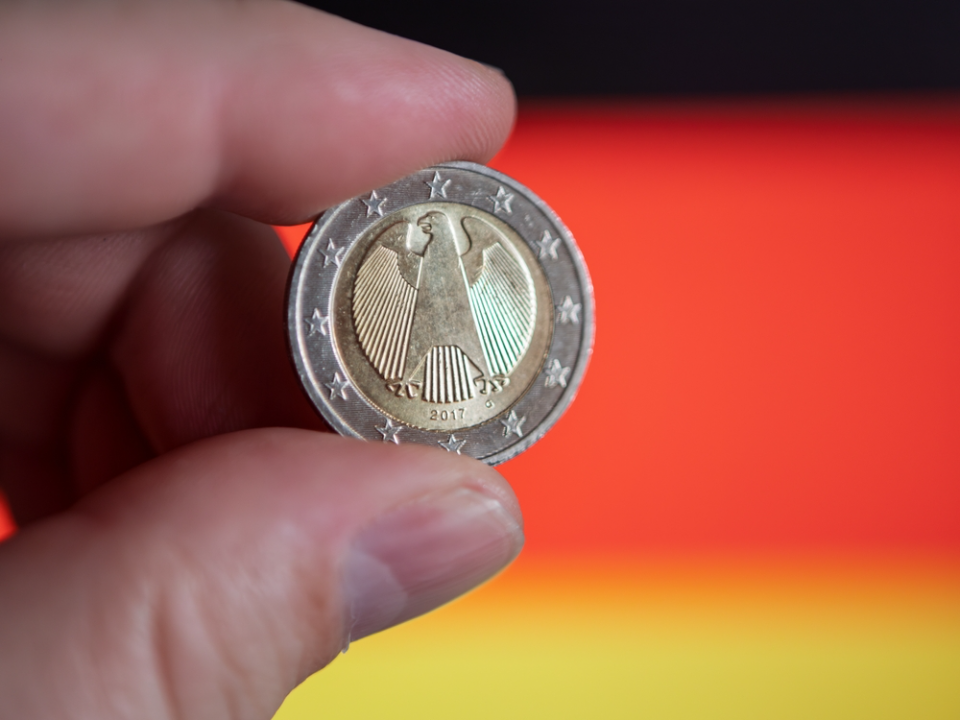
The color of a coin can be a helpful clue in detecting a fake. Genuine coins are made from specific alloys, which give them their unique color. If a coin has an unusual color, such as a dull or unnatural shade, it could indicate that it is made from a different metal or coated in a cheap finish.
You can compare the color of the coin to an authentic example of the same type. Fakes often use materials that do not replicate the original color, which can be a clear sign of counterfeiting. A careful inspection of color can save you from making a costly mistake.
Check for the Coin’s Date and Font
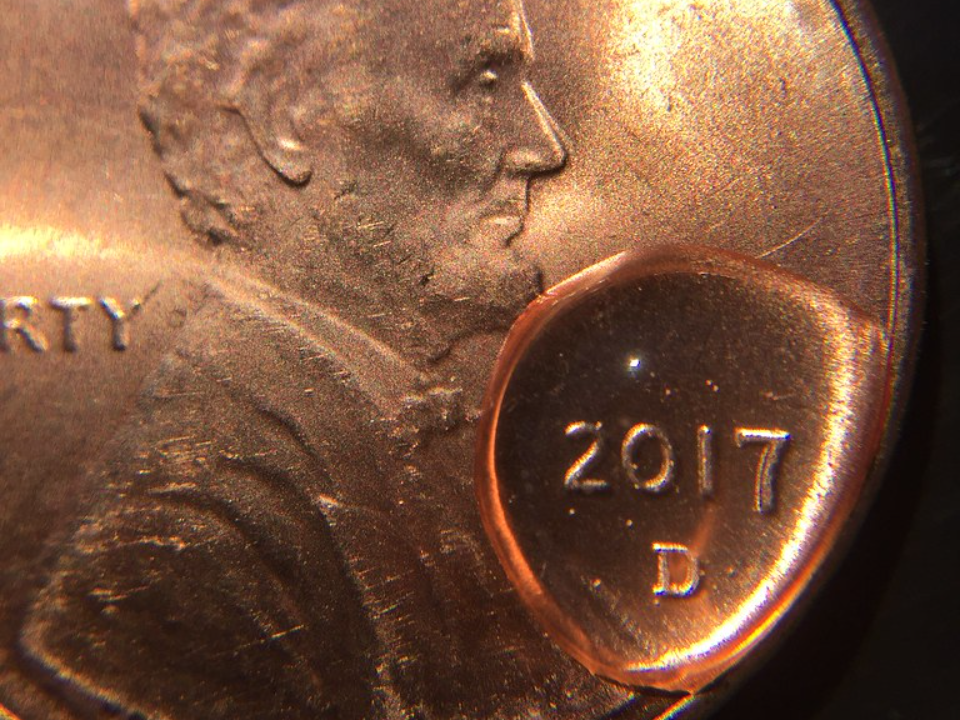
Coins have specific dates and fonts used for their inscriptions, and these should be consistent from year to year. Counterfeit coins may alter the font slightly or stamp the date incorrectly. This may be difficult to spot with the naked eye, but a close inspection with a magnifying tool can reveal these discrepancies.
You can compare the font and date with official examples of the coin you are inspecting. If the font looks off or the numbers are not properly aligned, the coin may be a fake. Paying attention to small details like this can help protect your collection from fraud.
Test the Coin with Acid or Vinegar
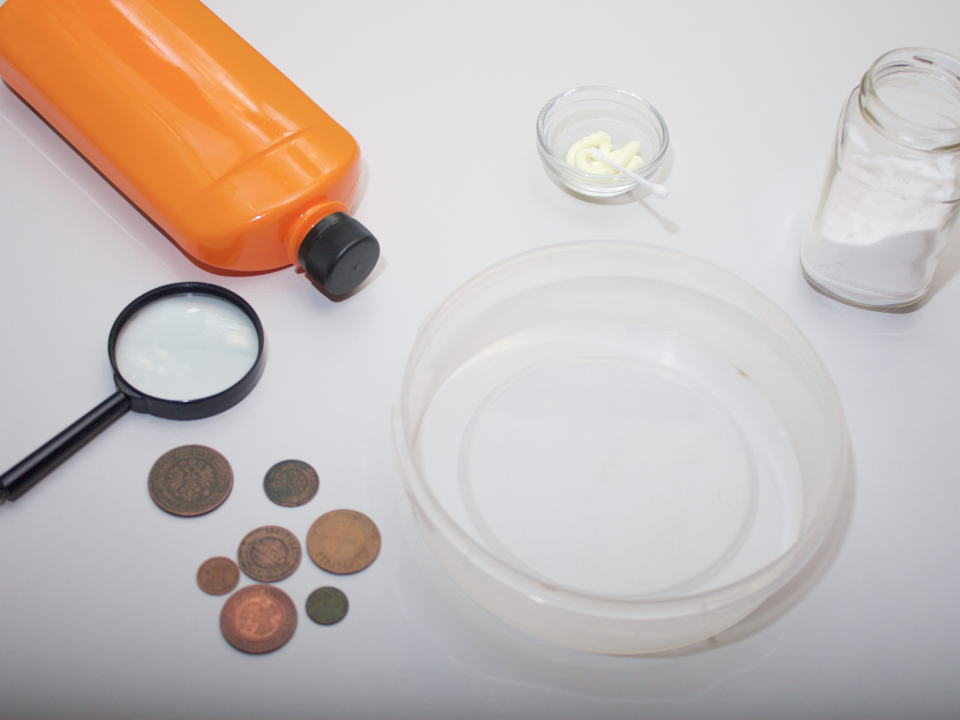
A more advanced method to test the authenticity of a coin is using a mild acid or vinegar. This test can help determine whether the coin is made from the correct metal. Genuine coins often do not react to the acid, but fakes made from cheaper metals might show signs of corrosion or discoloration.
It is crucial to use this method cautiously, as it can damage the coin. Use a drop of vinegar on an inconspicuous area, and wait to see if any changes occur. This test should only be used when you are comfortable with handling your collection.
Compare with Known Authentic Coins
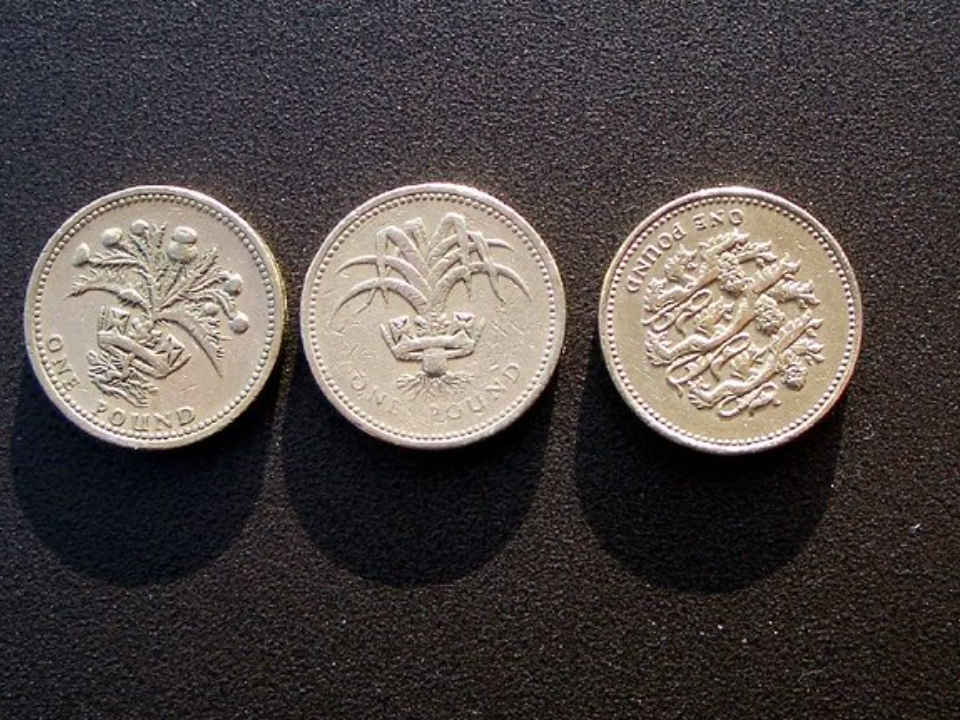
Comparing your coin with a known authentic coin is one of the most effective ways to spot a fake. Use a trusted reference guide or a reliable coin collection to check the finer details of the coin in question. A side-by-side comparison can reveal subtle differences that are not immediately noticeable on their own.
Look at the coin’s design, dimensions, and surface finish. This method can help you spot discrepancies in the lettering, size, or even the coin’s texture. It’s especially useful when you are unsure whether a coin is real.
Take the Coin to a Professional Coin Dealer

If you have any doubts about a coin’s authenticity, the best option is to take it to a professional coin dealer. Experts in numismatics have extensive knowledge and can spot counterfeits with great accuracy. They can perform tests, provide advice, and even help you verify a coin’s history.
A professional dealer may also be able to authenticate the coin through various methods, including examining its condition, mint mark, and features. Relying on a reputable professional is one of the safest ways to ensure your collection remains genuine.
Check the Coin’s Clarity Under Magnification
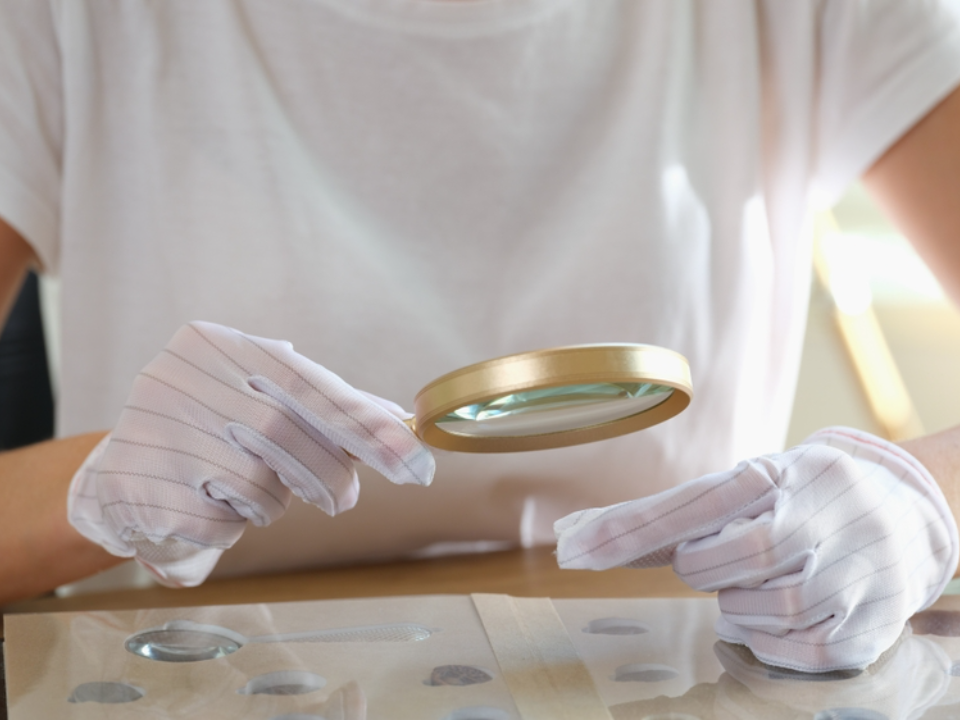
Using a magnifying glass or microscope, inspect the coin’s design under magnification. Real coins often have fine lines and clear details, while fake coins may appear blurry or uneven. Counterfeiters often struggle to replicate the fine details found on real coins.
Look closely at the inscriptions, edges, and fine lines of the coin’s design. If the details appear off or the coin has visible flaws, it may be a counterfeit.
This article originally appeared on Avocadu.
